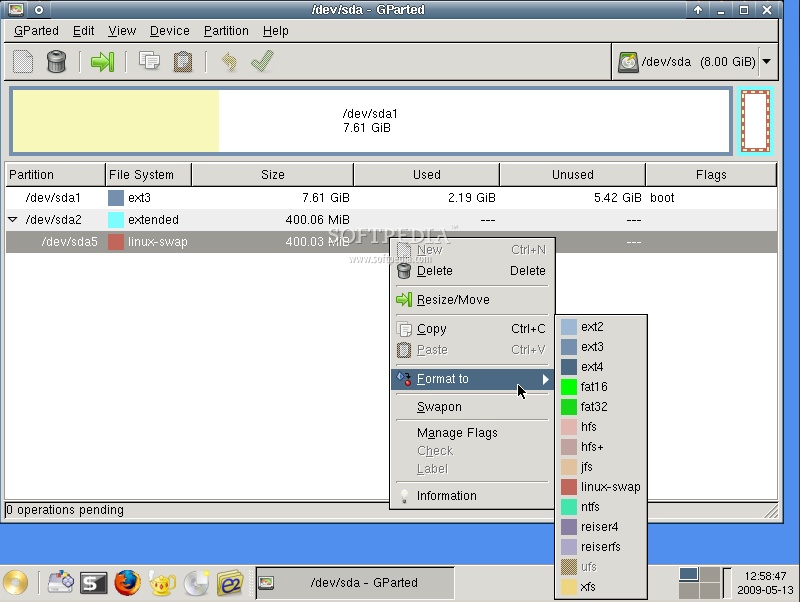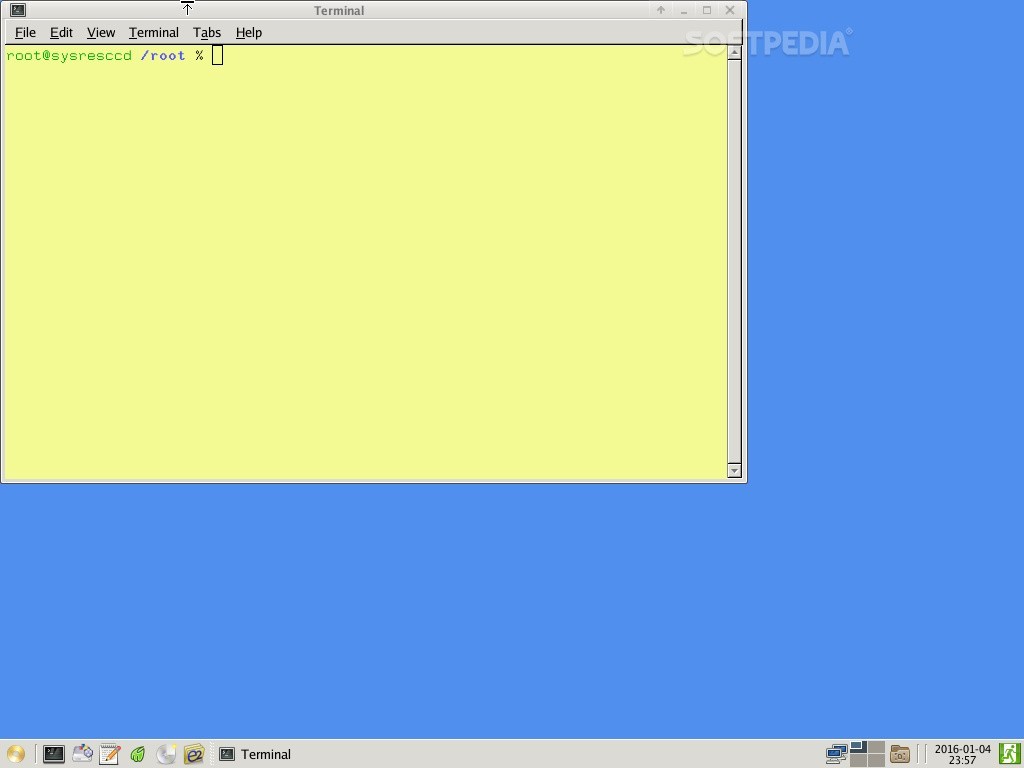

Systemrescuecd shutdown password#
To reset a Linux-based password in SystemRescueCd, start by booting to the SystemRescueCd Live system. Sometimes your system is damaged in a way that won’t let you reset the password using Linux single-user mode.
Systemrescuecd shutdown windows#

After selecting the kernel line, press the e key to edit the kernel entry. In the simple text editor, choose the line starting with the word kernel (usually the second line on your screen). Once you’ve selected the kernel version, press the e key to edit the entry. You can choose the kernel by simply hitting the Up or Down arrow key. Usually, you will boot into the first kernel listed on the menu, but you can make sure you’re booting into the latest version by reading the numbers – the higher the number, the more current.

When you’re sure you’ve stripped things down to the bare bones, boot your system so the GRUB menu is showing and choose the kernel into which you want to boot. More than once, I’ve confused the issue by trying to mount external USB drives and other devices when I was working to recover my primary hard disk. When using GRUB to enter Linux single-user mode, first, make sure you have removed any and all external drives or connections. Recovery Mode is available to you no matter what Linux flavor you are using (e.g., Ubuntu 12.04 “Precise Pangolin,” Red Hat Enterprise Linux 6, Fedora 16, or Linux Mint 12).

(An equivalent process is also available for the LILO bootloader see the box titled “Using LILO.”) If your system uses the GRUB bootloader, you can enter Linux single mode through GRUB’s Recovery Mode and boot menu options. The traditional Unix/Linux single-user mode might be all you need. Sometimes you don’t need a specialized tool like SystemRescueCd to get back on your system. SystemRescueCd doesn’t just reset passwords in your Ubuntu, Red Hat, or Linux Mint system: It can also help you recover access to your Windows computer. If you need something more versatile, the SystemRescueCd disk project provides a number of tools for resetting passwords and recovering your system. For instance, the GRUB and LILO boot managers offer some recovery options. However, if you’re locked out of your Linux system, you’re really not going to find a competent ready-made service to come to your rescue.īut never fear: The open source community offers some powerful tools for helping you reset passwords. These days, not being able to log in to your system might be worse than getting locked out of your car at least with a car you can get a ride home or contact a locksmith to get back in. Getting locked out of your Linux or Windows system is a frustrating experience.


 0 kommentar(er)
0 kommentar(er)
